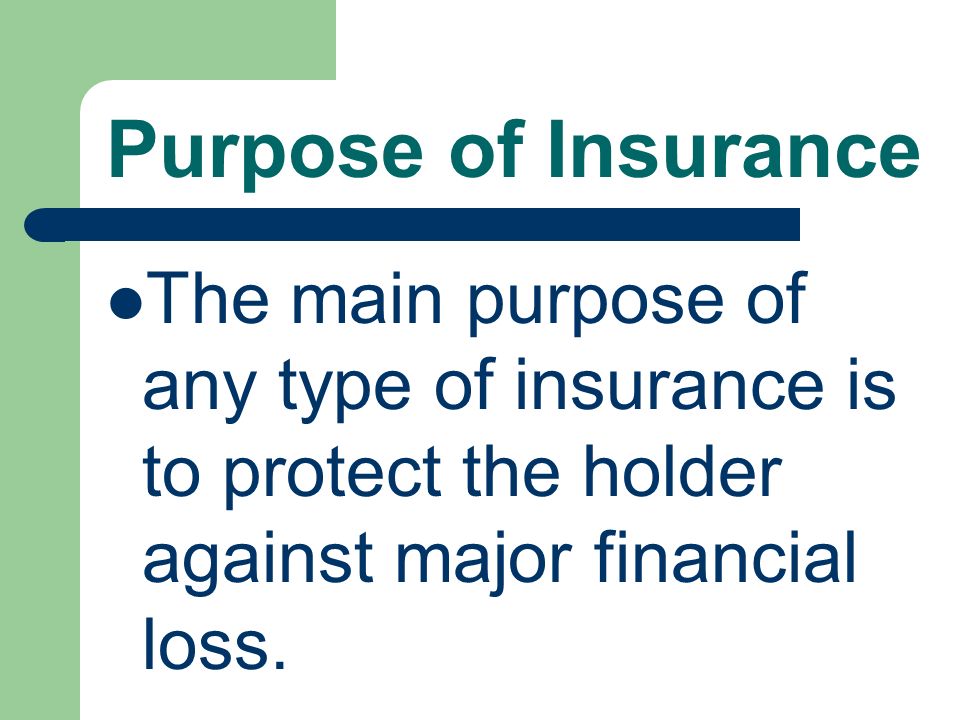Some Known Questions About Pacific Prime.
Some Known Questions About Pacific Prime.
Blog Article
Getting The Pacific Prime To Work
Table of ContentsThe Facts About Pacific Prime RevealedThe Definitive Guide for Pacific PrimeAll about Pacific PrimeThe Only Guide for Pacific PrimeUnknown Facts About Pacific Prime

This is because the information were collected for a period of solid economic efficiency. Of the estimated 42 million people that were uninsured, almost regarding 420,000 (regarding 1 percent) were under 65 years old, the age at which most Americans end up being eligible for Medicare; 32 million were adults in between ages 18 and 65, about 19 percent of all grownups in this age; and 10 million were kids under 18 years of age, about 13.9 percent of all youngsters (Mills, 2000).
These estimates of the number of persons uninsured are produced from the annual March Supplement to the Present Populace Survey (CPS), carried out by the Demographics Bureau. Unless or else noted, national estimates of individuals without health insurance policy and percentages of the population with various kinds of insurance coverage are based upon the CPS, one of the most widely made use of resource of price quotes of insurance policy protection and uninsurance rates.
The smart Trick of Pacific Prime That Nobody is Talking About

Still, the CPS is specifically useful since it generates yearly quotes relatively promptly, reporting the previous year's insurance policy coverage estimates each September, and since it is the basis for a regular set of quotes for more than two decades, permitting analysis of trends in protection over time. For these factors, along with the considerable use the CPS in other studies of insurance policy coverage that exist in this report, we rely upon CPS estimates, with limitations noted.

The quote of the number of uninsured people increases when a population's insurance status is tracked for several years. Over a three-year duration starting early in 1993, 72 million individuals, 29 percent of the U.S. https://pacificpr1me.start.page. population, were without insurance coverage for at least one month. Within a solitary year (1994 ), 53 million individuals experienced at the very least a month without protection (Bennefield, 1998a)
Six out of every check my site ten without insurance grownups are themselves used. Functioning does improve the probability that one and one's family participants will have insurance, it is not an assurance. Also participants of family members with 2 full-time wage earners have practically a one-in-ten chance of being without insurance (9.1 percent without insurance rate) (Hoffman and Pohl, 2000).
The Greatest Guide To Pacific Prime
New immigrants represent a considerable percentage of individuals without wellness insurance. One analysis has actually attributed a significant portion of the recent growth in the size of the united state uninsured populace to immigrants that got here in the country between 1994 and 1998 (Camarota and Edwards, 2000). Recent immigrants (those that involved the United States within the past 4 years) do have a high rate of being uninsured (46 percent), however they and their youngsters make up just 6 percent of those without insurance policy country wide (Holahan et al., 2001).
The partnership between medical insurance and accessibility to care is well established, as documented later on in this chapter. Although the relationship between medical insurance and health and wellness results is neither straight neither straightforward, a comprehensive professional and health and wellness solutions research study literature links medical insurance coverage to enhanced accessibility to care, far better quality, and improved personal and population health status.
Degrees of analysis for taking a look at the results of uninsurance. It concentrates especially on those without any type of wellness insurance policy for any length of time.
7 Simple Techniques For Pacific Prime
The issues encountered by the underinsured are in some aspects similar to those encountered by the without insurance, although they are generally less severe. expat insurance. Uninsurance and underinsurance, however, entail definitely various policy concerns, and the strategies for addressing them might vary. Throughout this research study and the five reports to comply with, the major focus is on persons with no medical insurance and hence no support in paying for healthcare past what is readily available via charity and safeguard organizations
Medical insurance is a powerful aspect affecting invoice of care due to the fact that both clients and medical professionals react to the out-of-pocket rate of services - https://www.openlearning.com/u/freddysmith-sba6sp/. Medical insurance, nevertheless, is neither essential neither enough to get access to medical solutions. Nevertheless, the independent and straight impact of health insurance policy coverage on accessibility to wellness services is well established.
Others will get the healthcare they require even without medical insurance, by spending for it expense or seeking it from service providers who use care cost-free or at very subsidized rates. For still others, health and wellness insurance alone does not make certain invoice of care due to the fact that of other nonfinancial barriers, such as a lack of healthcare carriers in their area, limited access to transport, illiteracy, or etymological and social differences.
See This Report about Pacific Prime
Official study concerning without insurance populaces in the United States dates to the late 1920s and very early 1930s when the Board on the Cost of Healthcare created a series of reports regarding funding doctor office check outs and hospitalizations. This problem ended up being prominent as the varieties of clinically indigent climbed throughout the Great Anxiety.
Report this page